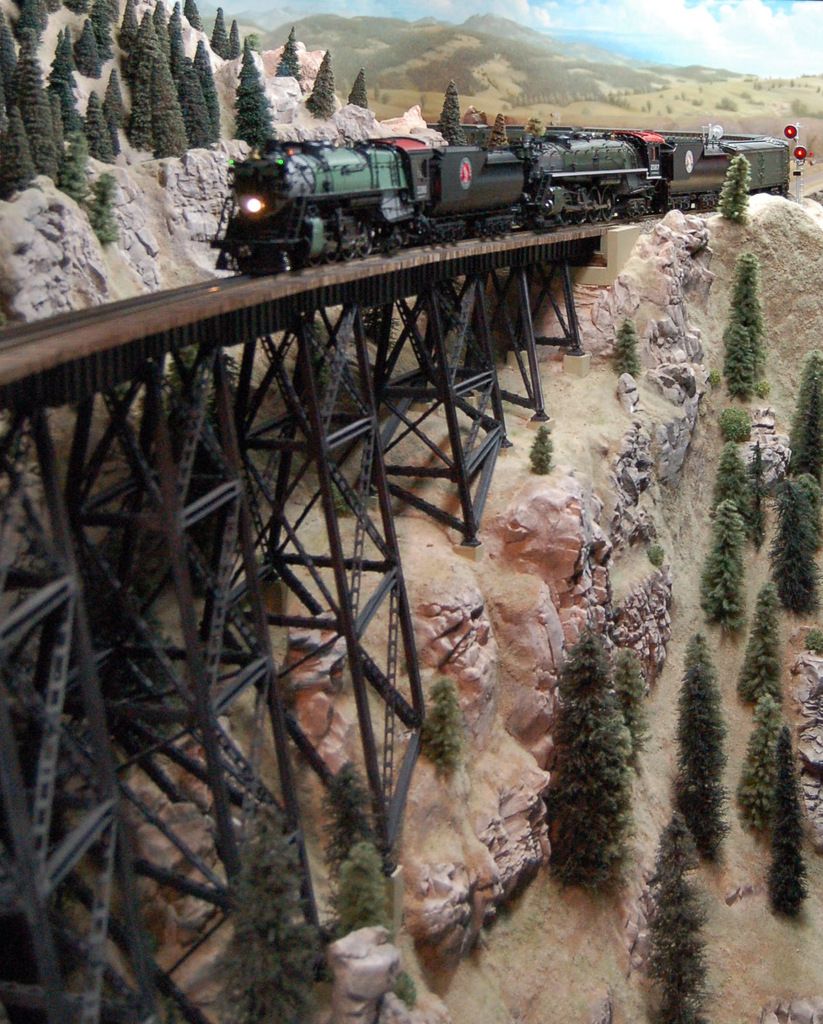Stephen
As Ed pointed out, my 2 rail layout exclusively operates on DCS. I have both PS 2 and PS3 engines. I have converted (or have had my LHS convert) a number of engines from a variety of manufacturers to PS 2. I have never done a PS 3 conversion, but I do have an MTH 7 with PS 3 from the factory.
Against that background, I fully concur with what Ted and Matt said. If the N&W J will be your lone DCS engine, then put PS3 in it and wire your layout for DCC. It will be totally compatable with DCC. I did a review of the MTH F7 for OST, and found that it ran just fine on a friends DCC layout. All CVs worked fine, and it could be readily programmed. You will also keep control over all the sounds and conrrol of the lights, smoke volume, etc. PS 3 also eliminates the reversing loop issue.
If you want to run straight AC, a lot of the secondary sounds will not be available. The engine will make a chuffing sound, and you can activate the whistle and the bell via a suitably equipped transformer. The engine sound volume can be controlled with a potentiometer in the loco. The smoke can be toggled on or off by means of a switch in the tender. But you won't have control over anything elset.
If you want to run straight DC, pay attention to what Ted said about voltage requirements, and note you will not be able to activate bell or whistle.
If you want to run solely DCS, then you have to pay attention to your track wiring. Its straightforward once you understand the underlying principal that you need to be sure your locos get its commands via one, and only one, path.
If you want to run a combination of DCS and DCC, they are not compatible, so you will have to designate one track for one and one for another. And maybe a switch for flexibility. I think you'd be a bit of a pioneer here.
Good luck, and e-mail me if you have any questions
By the way, my understanding is MTH will be using recordings from the newly refurbished 611 for its model. Those sounds should be fairly awesome. If they can figure out how to block out the crowd noise 







